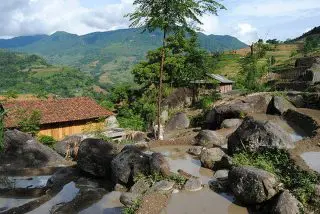
Xin Man, Ha Giang: What Makes This Region Special?
Xin Man district has a complex terrain, located in the upper Chay River mountain range, so it is mainly hills with steep slopes and divided by many streams.
Nestled in the heart of Vietnam’s rugged mountains, Nam Dam Village stands as a testament to the stunning landscapes and rich cultural heritage of the Dao ethnic community. Located in Quan Ba District, Ha Giang Province, the village offers a unique blend of natural beauty, vibrant traditions, and hospitable locals. Approximately 45 kilometers north of Ha Giang City, Nam Dam is accessible and invites travelers to explore its terraced rice fields, limestone formations, and alluring festivals. In this comprehensive overview, we will delve into the location and geography, culture and people, attractions and activities, travel logistics, accommodations, local cuisine, and the best times to visit this enchanting village.
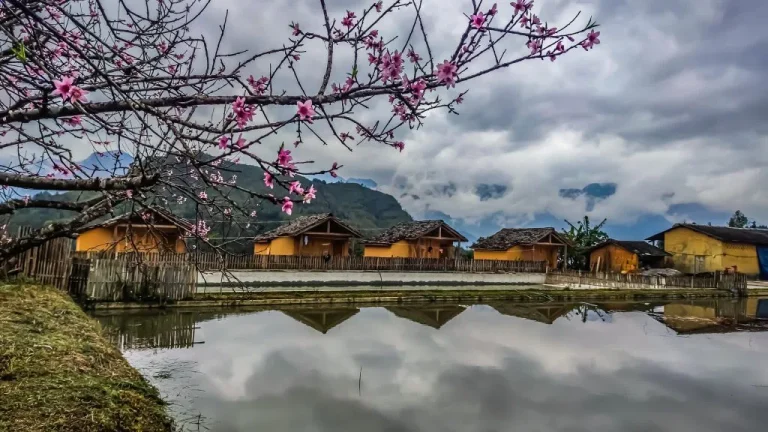
Nam Dam Village is perched at an elevation of around 1,000 meters above sea level, providing visitors with spectacular views of the surrounding mountains and terraced rice fields that appear to cascade down the hillsides. The village is one of the remarkable stops along the Dong Van Karst Plateau Geopark, which has been recognized by UNESCO for its unique landscape shaped by fascinating limestone formations. This region is not just a feast for the eyes but also a critical habitat for various flora and fauna, making it a significant area for both environmental studies and tourism.
The breathtaking scenery is further enhanced by the changing seasons, transforming the landscape from lush green in spring to a palette of gold and yellow during the rice harvest in the autumn months. Each season presents a unique opportunity for photography and exploration, making it an ideal destination for nature lovers and photographers alike.
The village is predominantly inhabited by the Dao ethnic group, known for their vibrant traditional attire, warm hospitality, and rich cultural practices. The Dao people are deeply rooted in their customs and actively engage in the preservation of their cultural heritage. From traditional festivals that celebrate their ancestral practices to the architectural styles that adorn their homes, visitors can witness a lifestyle that harmoniously blends with nature.
Among the most notable cultural rituals is the Cap Sac ceremony, which symbolizes the coming-of-age of young men in the Dao community. This event is marked by various rituals, traditional music, and jubilant celebrations, providing a glimpse into the spiritual life of the locals. Furthermore, festivals like the Fish Catching Festival reflect the community’s close relationship with nature and their reliance on local resources.
By engaging with the people of Nam Dam, visitors can experience their craftsmanship through intricate embroidery, handmade crafts, and traditional cooking that has been passed down through generations. The warmth and generosity of the locals create an inviting atmosphere that captivates visitors.

Nam Dam Village is blessed with numerous attractions and activities that cater to various interests. For adventure seekers, trekking opportunities abound, allowing visitors to explore the village’s stunning landscapes.
Trekking in Nam Dam is not just an escape into nature; it serves as a bridge connecting visitors with the local way of life. Trails lead you through rice paddies, where you can witness farmers tending to their crops and experience the cyclical nature of agricultural life. The diverse flora and fauna encountered along these paths enrich the trekking experience, making each hike a unique adventure.
In addition to trekking, visitors have the chance to immerse themselves in the daily lives of the Dao people. Participating in traditional cooking classes or handicraft workshops allows for a deeper appreciation of their craftsmanship. Engaging in local festivities can also transform a simple trip into an unforgettable cultural exchange.
Getting to Nam Dam Village is a journey that can unfold in several ways. Typically, travelers will start their adventure from Hanoi, taking in the beauty of Vietnam’s landscapes along the way.
Traveling by bus provides a convenient and economical way to reach Ha Giang. For those who prefer a more hands-on approach, renting a motorbike allows one to explore the winding roads and breathtaking vistas at their own pace. Once in Ha Giang, local transportation options like taxis and rented motorbikes are readily available to transport visitors to Nam Dam Village.

A key part of experiencing the rich culture of Nam Dam Village is through its accommodations. The village offers various lodging options that enable visitors to have a unique and immersive experience.
Staying in a homestay allows for an intimate glimpse into the lives of the Dao people, offering traditional meals and firsthand experiences of their daily routines. For those seeking a more structured stay, guesthouses and eco-lodges cater to a wide array of preferences. Whether one desires comfort and modern amenities or wishes to go green with an eco-friendly stay, Nam Dam has something for everyone.
The culinary offerings in Nam Dam Village are a delightful adventure in themselves. Those who visit can expect to indulge in a variety of traditional dishes that are rich in flavor and history.
These dishes reflect the local ingredients and cooking methods that have been preserved over generations. Every bite holds a story, making meals not only a source of nourishment but also a cultural experience. Participating in the preparation of these dishes can be a highlight for many travelers, as they engage directly with local culinary traditions.
Choosing the right time to visit Nam Dam Village can significantly enhance the experience. The village’s climate varies throughout the year, making some seasons more appealing than others.
Springtime transforms Nam Dam into a tapestry of blooming flowers and lush landscapes, perfect for trekking and photography. Autumn, with the golden hues of ripened rice fields, attracts many visitors eager to witness the harvest season’s beauty and its accompanying festivities.
In conclusion, Nam Dam Village is more than just a travel destination; it is a portal to understanding the heart of the Dao ethnic community and the breathtaking natural beauty of the Ha Giang Province. From trekking across stunning landscapes to immersing oneself in the rich cultural practices and savoring authentic local cuisine, visitors will find a peaceful retreat that captures the essence of Vietnam’s heritage. Whether you are an adventure seeker, a culture enthusiast, or a foodie, a trip to this hidden gem promises to be a memorable journey filled with rich experiences and warm connections. For further information and planning your visit, explore more detailed resources online, ensuring a well-rounded trip to this extraordinary village.

Xin Man district has a complex terrain, located in the upper Chay River mountain range, so it is mainly hills with steep slopes and divided by many streams.
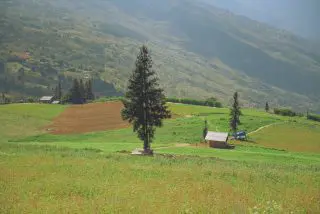
Venture into the untamed beauty of northern Vietnam with Vietnam Treasure and discover the magic of Suoi Thau Steppe. This captivating landscape offers a unique blend of cultural immersion and breathtaking natural scenery far from the bustling tourist trails.
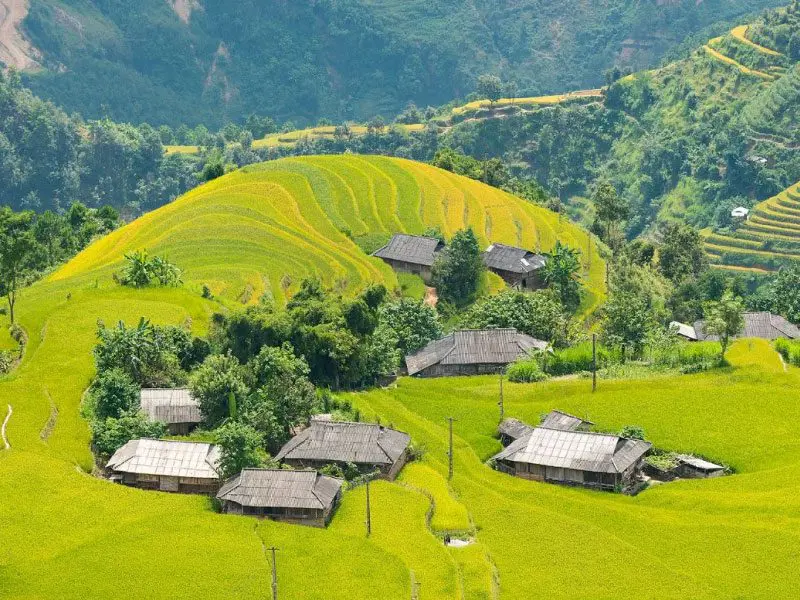
Nestled high in the mountainous region of Ha Giang, Phung Village (Ban Phung) is a hidden gem offering a glimpse into the authentic beauty and culture of Northern Vietnam.
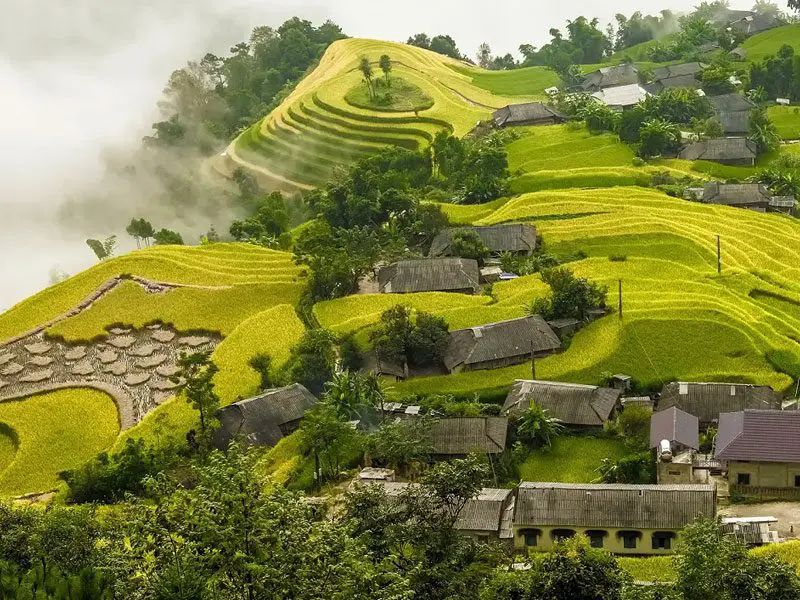
Stop at Thong Nguyen Village, and you will discover amazing beauty. This is a rugged and difficult mountainous area. Many people may think that nothing is interesting here. Join Vietnam Treasure to discover the beauty of Thong Nguyen Village.
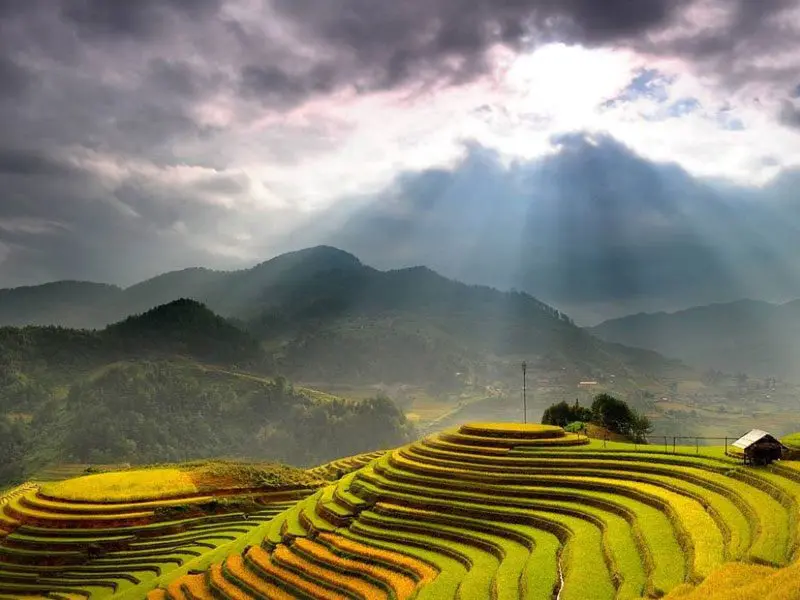
Its name, Hoàng Su Phì or Hoàng Thụ Bì, means “the yellow bark” in the Hmong language. It indicates the woods of weeping cypress, which is a local specialty.
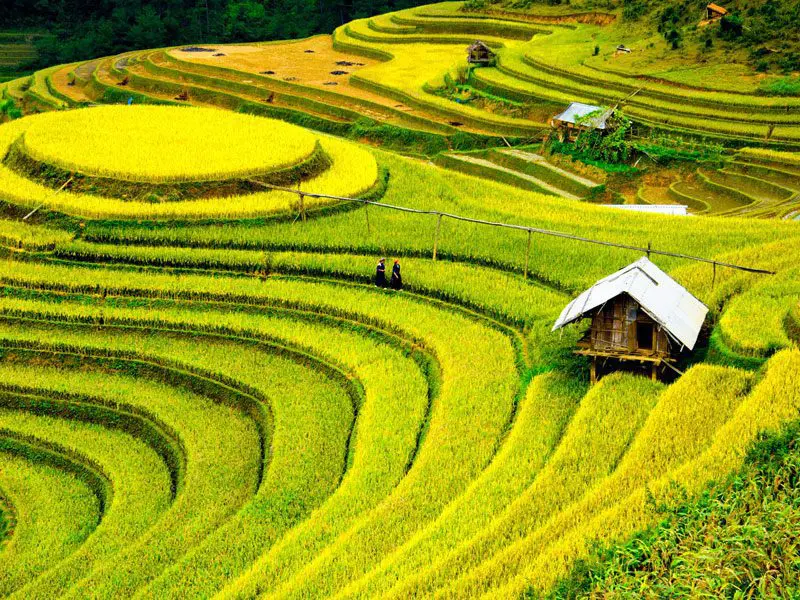
Hoang Su Phi terraced fields possess an undeniable charm, creating a mesmerizing scene—journey to Ha Giang with Vietnam Treasure to witness the brilliant golden rice harvest season. Although present in many countries, especially in Southeast Asia, terraced fields in Vietnam are deeply associated with the traditional agricultural activities of many ethnic groups in the northern mountainous region, such as the H’Mong, Dao, Nung, La Chi and Ha Nhi.
Tu San Canyon (Mèo Vạc district), the deepest canyon in Vietnam. It has a depth of about 800 m, a length of 1.7 km, and cliffs that slope 70° to 90°.
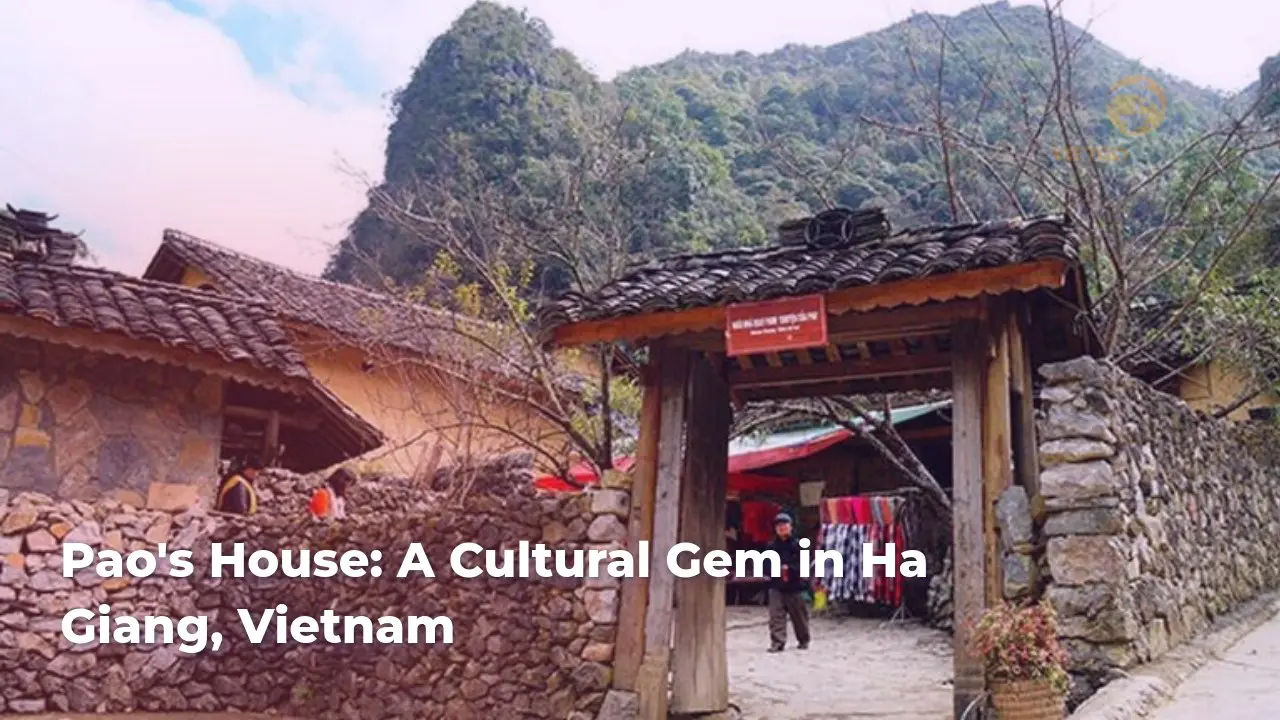
Discover the charm of Pao’s House, Ha Giang. Dive into local culture and scenic beauty. Plan your adventure now!
Copyrights @2025 Vietgo Travels. Terms and Conditions Privacy Policy
Hotline
+84 855 452 888 (Viet Nam) / +1 (206) 665 3090 (US)
Email: [email protected]
Website: www.vietgotravels.com
Head Office:
No. 23 Lo Su Street, Hoan Kiem District, Ha Noi, Viet Nam.
Viet Nam’s branch:
No. 35 Hang Quat Street, Hoan Kiem District,
Ha Noi, Viet Nam.
US:
831 41st Pl, Everett, WA 98201, USA